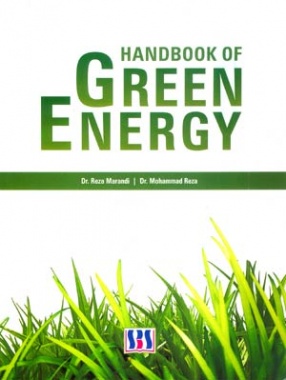Going green is both a corporate advantage and an opportunity for humanity to enable change. The four pillars of green energy are green power, green fuels and transport, green buildings and green IT. Green energy describes sources of energy that are considered to be environmentally friendly and non-polluting, such as geothermal, wind, solar, and hydroelectric. Sometimes nuclear power is also considered a green energy source. Green energy sources are often considered "green" because they are perceived to lower carbon emissions and create less pollution. Green energy is commonly thought of in the context of electricity, heating and cogeneration.
This book titled "Handbook of Green Energy" provides an unparalleled introductory overview of green energy as a subject area. The green energy concepts are discussed in detail including that of energy economics and energy accounting. The handbook gives readers holistic global, regional and national perspectives and trends on green energy. The green energy policies of Africa, green energy in Portugal, Honduras, Finland, Colombia, Australia, new Zealand, Spain and Canada. The issues related to energy efficiency, cleanliness and conservation are highlighted. The handbook also covers the global agenda of recycled energy and energy from waste. The importance of energy quality and having the alternative energy index is analyzed in detail.
This handbook will be very useful for the industry sector, the finance sector, the policy-makers, the scientists, the decision-makers, the buyers and sellers in green energy markets. This handbook will help develop and drive new initiatives, provide insights, showcase sustainable product development and green business opportunities in order to elicit practical applications that are most relevant for India and rest of the world at this juncture of global climate change.





There are no reviews yet.